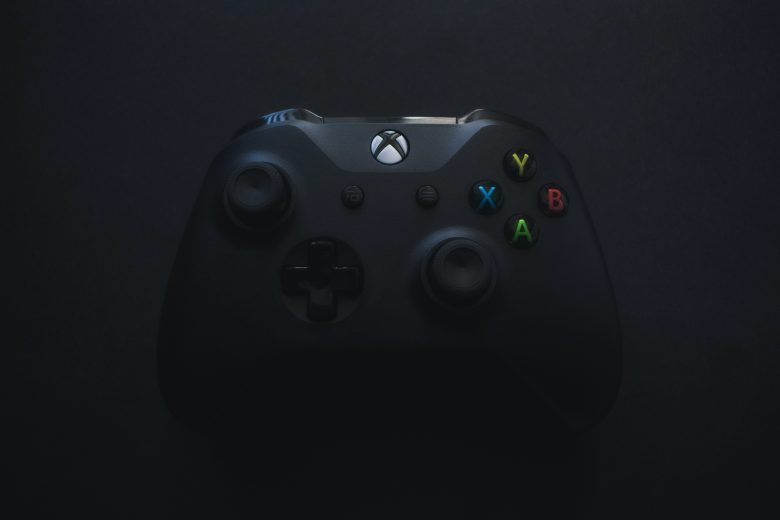Want to take your place amongst the great designers in the video game industry? Then you have come to the right place, this blog is all about showing you how to properly design a video game. After reading this blog you will be able to know how to conceptualize and differentiate your vision, define your design priorities and how to communicate your vision so that you can get others on board with your plan.
This is the same design process that we have observed at game development companies. We have seen designers use this methodology to build momentum and support for their ideas in then most competitive of industries today.
Read- How to Start Blogging?
Deciding on how to design a video game is a tough choice, there are countless different ways to approach design. The framework presented in this blog is meant to be a guide only. You would definitely want to adjust this to meet the specific needs of your game. Let’s go:
Design Pillars:
The first step is to define your design pillars as they are what make your game great. Your design pillars are the must have elements in your title and this is more than just a feature set. You need to define what makes these pillars so important and you have to do it for each in one sentence.
Note that you should not have more than three to five design pillars, by limiting the number of pillars, you will make sure to focus on what really matters. Let’s take a well-known game and observe some examples of design pillars.
Fortnight is hugely popular at the moment and you could potentially define its pillars as:
- Hyper Competitive multiplayer battles.
- Limitless building capabilities
- Deeply strategic battle tactics
- Accessible and fun visuals
- Light hearted and humorous tone
These are just examples, but you get the point. Design pillars are not necessarily features, but what the consumer will think of first and foremost when they think of your game.
Game Loop:
Once, you have your design pillars defined, you can start defining the details of the user experience, starting with your game loop. A core game loop is the basic process that the user will repeat throughout your game; this is sometimes also referred to as an addiction loop.
The core game loop is the crux of your user experience. You will want to define the loop and be sure that you have the right incentives/rewards layered throughout this loop to ensure your user retention is as high as possible.
In mobile games, keeping your audience playing the game is critical, because of this defining and optimizing the core game loop is a never ending effort. Let’s take a look at a popular mobile game called Clash of Clans.
In a simple illustration there are three major parts in Clash of Clans’ core loop. 1. Collecting resources. 2. Building and Training. 3. Battling. The player will continually progress thorough these three stages throughout the game, with incentives sprinkled throughout in order to reduce the desire to put the game down.
So, define your own game loop, have it aligned with your design pillars and make sure the experience is fun and rewarding.
Magic Moments:
The next step is to define the magic moments in your game. These are the specific points in gameplay that will delight or leave a lasting impact on the player. These are the moments that players will tell their friends about, the moments that will cause users to jump out of their seats.
The magic moments list needs to be specific and should also be defined in one sentence and be no more than three to five in total. Let’s take the example of the classic Nintendo title like Mario Kart and have some idea of what magic moments are.
In Mario Kart you could see that the user is delighted during the moments when they cross a finish line or when your cart zooms off in the distance. During the moment when you knock an opponent in the air with your red shell, the moment when the player times a drift perfectly and comes out with speed.
Again, you would want to customize this list for your specific title, but these are moments that need to shine early in the development of your game. You will want these magic moments to be front and center during every demo you make as they will have a huge impact.
Feature Set:
So now you have your design pillars, core game loop and magical moments. It is now time to define your full feature set and what matters the most in each feature. Your feature set is different from your design pillars as it is the list of all the major elements of your game.
Some features may not even be visible to the user like content tools, or build systems. You will need to define your feature set so that you have a holistic view of everything that is necessary.
It is also important to define what matters most for each feature; this is the key goal of the feature and cannot be compromised. Let’s do a simple feature set and what matters most by taking an example of another classic game called GTA.
If you are designing this game, part of your feature set would be the map feature that shows where the user is located. What matters most for this feature might be “intuitive and simple location information”. Another feature might be the driving mechanics, the what matters the most for this feature might be “accessible and failure-free driving” as the game has easy to understand driving controls.
So, define your feature set and what cannot be compromised by defining what matters the most as this will be the basis for your overall development plan.
Elevator Pitch:
So, now you have the pillars of your design, your core game loop and your magic moments. You have also defined the underpinning feature set and what matters the most for each item. The next step is to reflect all of these pieces in short descriptors that will allow you to communicate your idea to others efficiently.
This step might seem trivial but it is critical. Most people need help from others with developing a great game, if you can’t communicate your vision in a way that gets people excited you should take that as a signal that maybe something important is missing.
The first objective is to define your elevator pitch, or how you could sell your game vision in a short elevator ride. This is a definition of what makes your game great in just a few sentences. Let’s take the example of EA Sports flagship title FIFA.
In order to define FIFA you can say that this is an authentic football action using stars and teams from around the world and unparalleled strategic realism that let you control your squad with incredible precision.


























